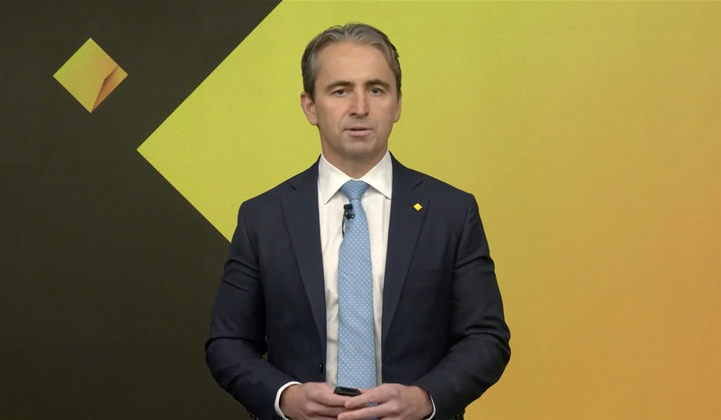Commonwealth Bank created 50-plus generative AI use cases using a safe environment it set up for experimentation in May last year.

The bank revealed the large-scale growth and usage in ancillary slides [pdf] accompanying its half-year results presentation, though did not directly address the success.
CBA said that it had practiced “responsible scaling of AI, resulting in [the] 50-plus generative AI use cases to simplify operational processes and support our frontline to serve customers” materialising between June and November last year.
These use cases, it said, were generated out of CommBank Gen.ai Studio, an H2O.ai powered environment aimed at enabling safe experimentation with large language models (LLMs).
The bank said it had also “upskilled over 500 staff on AI tools to democratise the responsible use of AI”.
In addition, CBA suggested that generative AI is enabling it to experiment more with its long-running next best conversation (NBC) engine, known as the customer engagement engine or CEE.
The CEE is used to personalise conversations and offers to customers - CEO Matt Comyn told financial analysts that, for example, the bank had recently used CEE to make “personalised pricing offers” to home loan customers coming off a fixed-rate loan.
Though somewhat cryptic, CBA indicated it had seen a “30x increase in experimentation capability within an NBC compared to [the] current CEE A/B testing framework with GenAI.”
iTnews has contacted a CBA spokesperson to clarify the findings.
Tech drives up OpEx
CBA said that continued insourcing of IT capabilities and cloud contributed to higher operating expenses in the back half of last year, but these were “more than offset” by productivity benefits.
The company’s half-year results for the six months ended December 30 showed a familiar pattern of IT and cloud’s contribution to the bank’s operating expenses.
CFO Alan Docherty noted the pattern of expenses and suggested it would continue into the second half of the financial year, and potentially beyond.
Operating expenses in total were up 4.1 percent on the prior corresponding half-year, from $5.7 billion to $6 billion, “driven by inflation and increased technology spend”, CEO Matt Comyn said.
Docherty attributed the increase “largely… [to] inflationary increases in wages and supplier input costs.”
“We continued to invest strongly in our technology capabilities, the digitisation agenda, and in other areas such as cloud computing and scam prevention,” he said, adding that “growth in these costs were more than offset by ongoing business simplification and productivity benefits.”
Some of the wage costs came as a result of continued insourcing of IT capability that previously sat with contractors.
“We’re continuing with the program of insourcing of technology capability, so within the staff and IT lines there’s still an element of additional staff costs which are displacing some third-party contractor costs which historically would have emerged in the technology line,” Docherty said.
Software amortisation costs were also a contributor.
CBA reported a cash net profit after tax of $5 billion for the first half of the financial year, down three percent compared to the previous corresponding half.



.png&h=140&w=231&c=1&s=0)

















